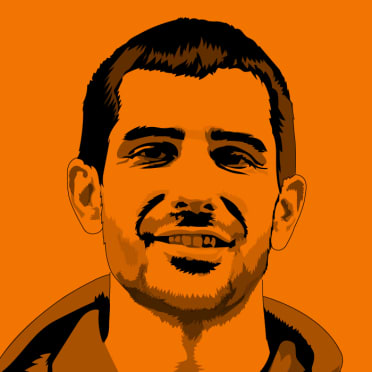
Almost everybody knows about the movie "Field of Dreams."
It was nominated for three Academy Awards, including Best Picture, in 1990. It's one of the greatest baseball films of all-time. This Thursday, more than 30 years after its release, Major League Baseball will host a big league game between the Yankees and White Sox at a professional ballpark built next door to the famous farm, and field, where the movie took place.
But what about the actual plot of land used for the movie?
Who saw the grass where Kevin Costner had one final game of catch with his dad, the purely Americana setting that's captured the hearts and minds of moviegoers for more than three decades and said, “This is it -- this is where we can build the perfect baseball field for the film”?
That space, the farm that would feature the Field of Dreams, was discovered by an Iowa teacher who was working as a summer volunteer for the Dubuque Area Chamber of Commerce Film Bureau. And when she saw it, she knew almost immediately.
"I had pictures of about 60 farms in the area," Sue Riedel told me over a recent phone call. "All of a sudden, I was driving around and I came up over this hill. There was this farm, the Lansing farm, and it just had this really picturesque look. ... I really thought it was the best property because it was set by itself. It was also totally surrounded by corn, which they really wanted."
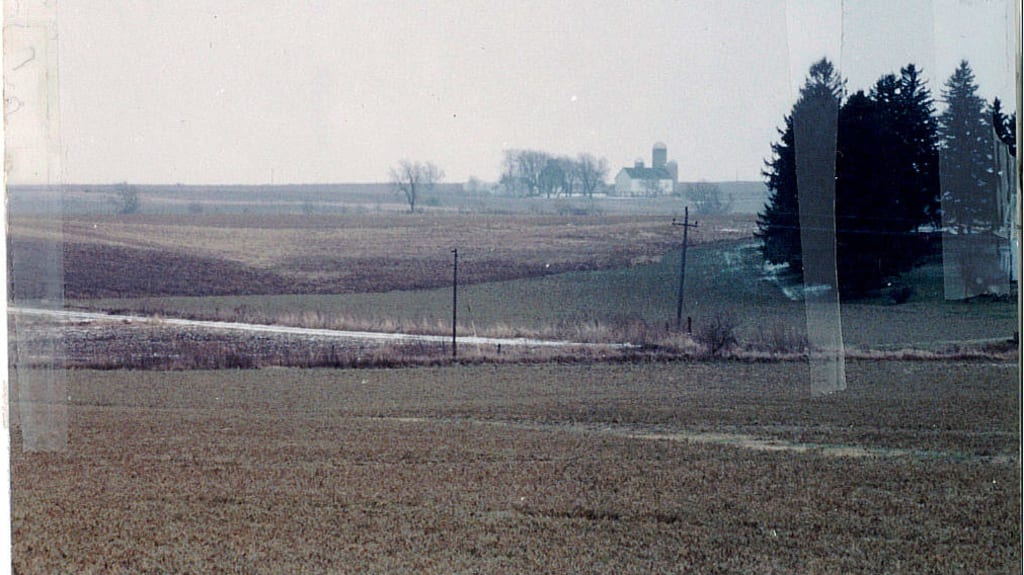
Riedel knocked on the door of Lansing's farmhouse to see if she could have his permission to send her photos to Universal Studios. Nobody was home -- Don Lansing was working at his job at John Deere -- but Riedel figured the owners wouldn't mind if she sent them in anyway. Who knew if it'd even be picked?
Sure enough, Universal got back to Riedel and the Dubuque team that the Lansing farm was indeed one of their top choices. Riedel went back to the house to tell Don the shocking news.
"I knocked back on the door and I said, 'I took a picture of your farm, and I sent it into Universal Studios, and they'd like to come and talk to you about making a movie,'" Riedel remembered. "And he said, 'Are you dreaming?'"
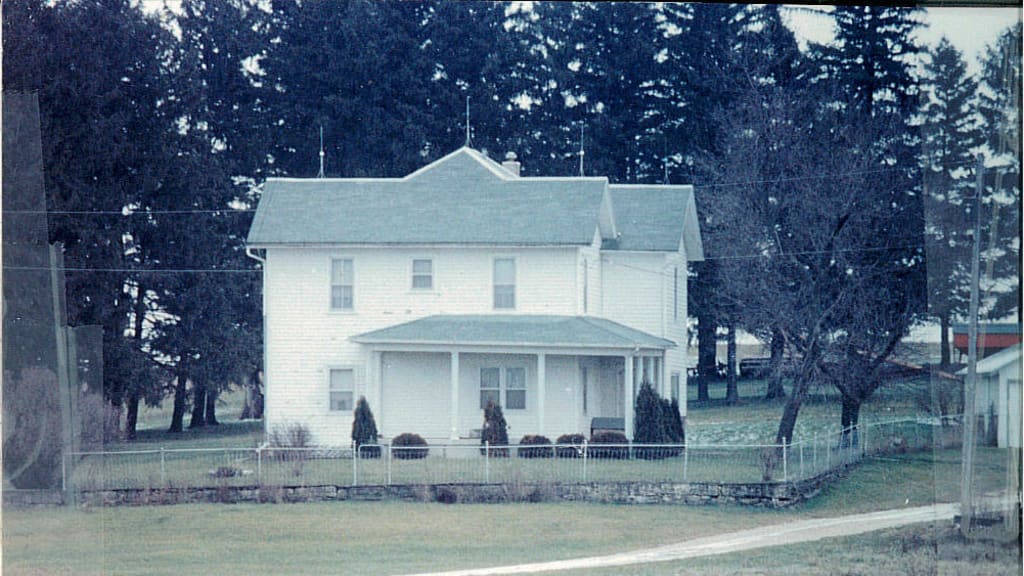
Riedel explained to Lansing who she was and reassured him that he had nothing to lose by offering up his property for consideration. He was on board, especially after hearing the the film would be based around his favorite sport: baseball.
Riedel flew to Los Angeles with her team to go over the setting options with Universal and, eventually, Lansing's farm was chosen as the winner. The neighboring Ameskamp farm had to be included as well to get the ballfield dimensions just right.
So, Hollywood descended upon tiny Dubuque County during the summer of 1988 and began building their set and filming their scenes. The field was one of the first things built.
"They worked very, very hard. It was a very hot summer," Riedel said. "They were afraid the corn wouldn't grow, so they had to irrigate that area."
Because of the heat, some of the dying grass even had to coated in green vegetable dye and latex turf paint.

Riedel's involvement in the project was also far from done.
She was integral in getting local casting for the movie, gathering extras for some of the bigger sequences. One of her jobs was helping to get ballplayers for the film's baseball-playing scenes.
"I got to go to baseball practice every morning with Don Buford of the Baltimore Orioles and Ron Dedeaux from USC," Riedel told me. "They were the coaches and they coached all the baseball players. They called me the Bat Girl."
Ballplayers from all over, filtered through Riedel, auditioned to be in the scenes -- with Buford and Dedeaux making the final decisions on who was in or out. There were also some actors who had to be coached on "how to be a baseball player."
Another scene that Riedel was heavily involved with was the PTA meeting.
"Executive Producer Brian Frankish told me this would be the easiest job that I ever did because I wouldn't have many extras," Riedel recalled. "Well, the first day of filming was the PTA meeting and I had to get 500 people. There were a lot of people. And I would ride around in my golf cart with files and files of people's pictures and so forth to show the director."
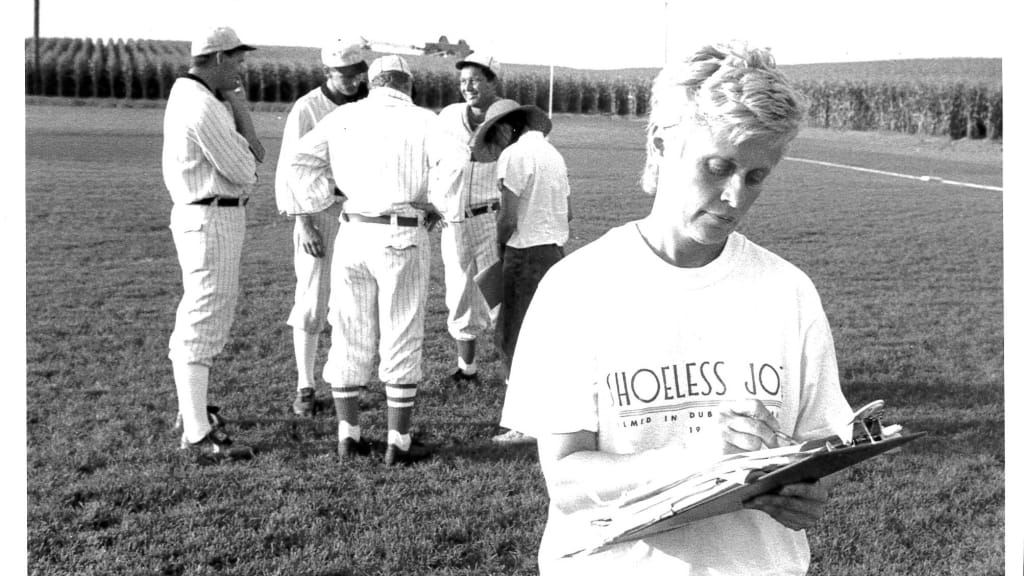
The final scene of the film right before the credits, where hundreds of cars are lining up to visit the Field of Dreams, was also coordinated by Riedel.
"We had to have 1,500 cars and there were about 3,000 people," Riedel said. "I ran ads in the newspaper, asking people to volunteer to be in the last shot of the movie. They would write in for tickets and then I would send them tickets back. You couldn't get on the roads that night unless you had a ticket. We had a picnic at Commercial Club Park where we organized all the cars."
Riedel smartly liaised with an FM and AM radio station to broadcast the director's voice. So, when people in the cars tuned in, they could hear what they were supposed to do during the scene.
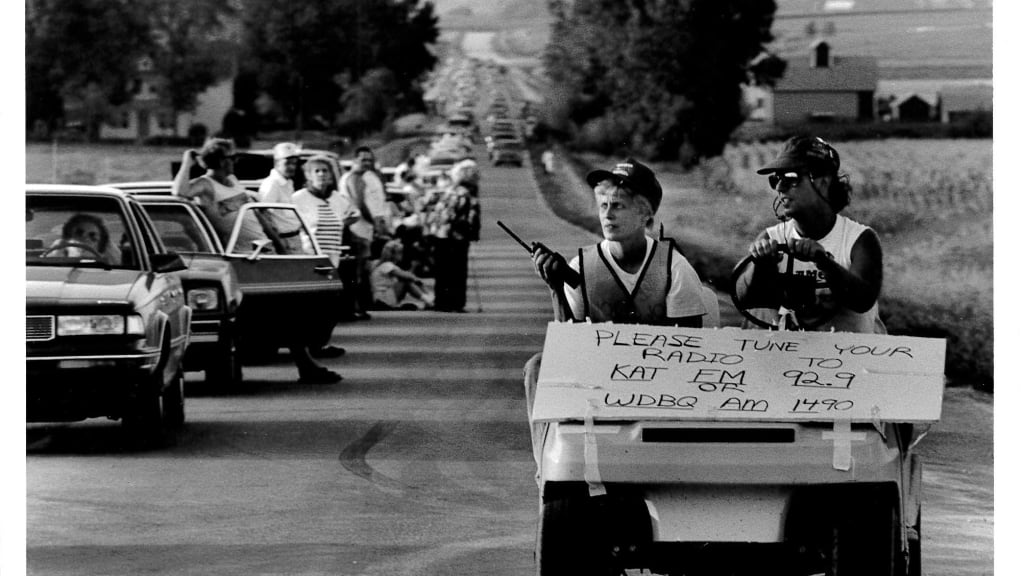
"Everybody cooperated, it was the biggest tailgate party in the history of this area," Riedel laughed. "The last take was the one that's in the movie and that's because the light showed up so well. We had to make sure there were no other ballgames in the area -- baseball's really popular here -- and we had to make sure there were no softball or baseball games going on so that the only place you could see a baseball game going on from the air was from the field."
A helicopter, with Riedel and her team's help, got one of the most enduring shots of the entire movie.
Throughout the summer, Riedel grew close with the rest of the cast and crew.
"It was like a family," she told me.
Costner took everyone out bowling one night at a local alley, and James Earl Jones became a good friend.
"One night, I was running around and I said, 'Mr. Jones, can I get you anything?'" Riedel said. "He said, 'Just sit down and have a cup of coffee with me.' We sat and talked about theater because I'm a theater teacher and we had a lot in common."
One of Riedel's proudest moments came on Oscar night 1990, when Director Phil Alden Robinson gave her a call back after she had phoned him to wish him good luck.
"I said, 'What are you calling me for, you're going to the Academy Awards,'" Riedel said. "He said, 'I wouldn't be going to the Academy Awards if you hadn't found that place.'"
But one of her fondest memories came years afterward and involved the film's central character -- the field -- and her dad. Similar to the most famous scene between Costner and his father.
"My dad was my coach, I played softball and was a shortstop," Riedel said. "I took my dad during one of his last years out to the field and I got to play catch with him one more time. So yeah, even girls have that experience. He was 95 years old."
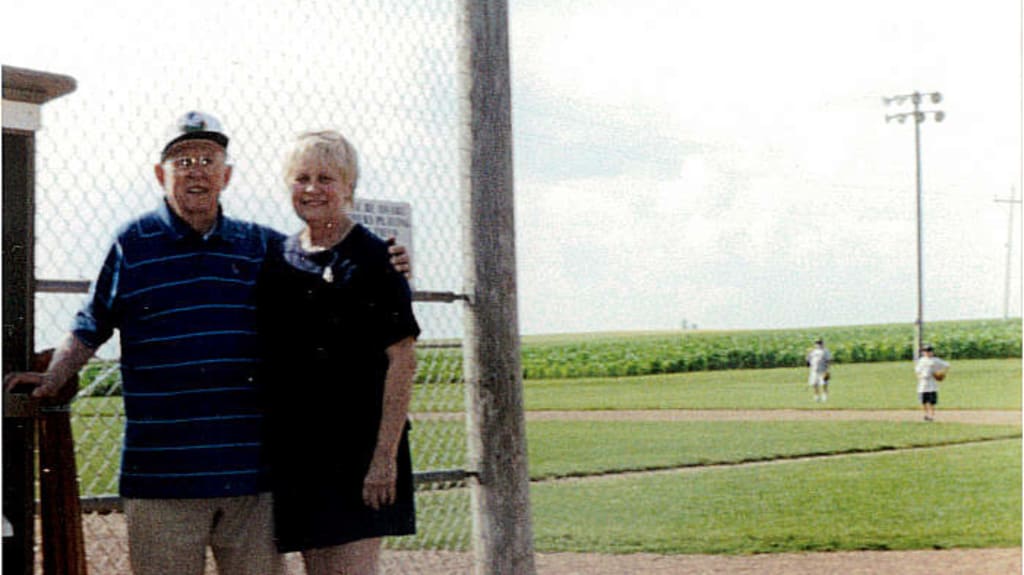
Riedel, now in her 70's and manager and artistic director at the local Bell Tower Theater, will be in attendance at the game this week. She's amazed at the long-lasting adoration her little snapshots back in the summer of '86 created.
"It was a great summer job, and I taught high school, so I thought I'd just have some great stories to tell my students," Riedel said. "Little did I know that I'd be talking about it years later. Building a baseball field in the middle of nowhere, who would think ... and now we built another baseball field in the middle of nowhere. And we're having a Major League game. I just think that's amazing. And now all those cars are gonna come again ..."
